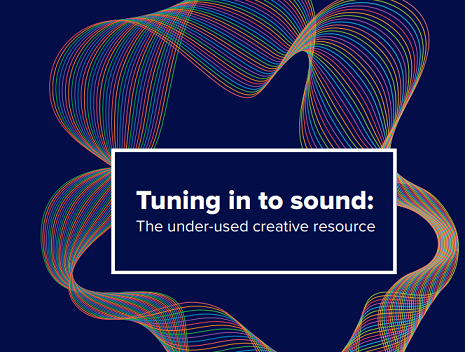 When we set out to research voice technology for our study Speak Easy, we wanted to understand whether voice interactions are fundamentally different to other ways of interacting with technology.
When we set out to research voice technology for our study Speak Easy, we wanted to understand whether voice interactions are fundamentally different to other ways of interacting with technology.
We drew on neuroscience research as a means of uncovering the underlying attraction or purpose of voice for users, and applied this to broader research including qualitative and quantitative research, and in-depth expert interviews.
In the process, we built a case for brands to play a more valuable role in their audiences’ lives by embracing voice technology in the right way.
The findings point to three key characteristics of voice technology as an audio channel which plays to our natural preferences:
Easing the cognitive load
We found that voice interactions showed consistently lower levels of brain activity than their touch equivalent (a typing interface), indicating the brain was not having to work so hard to process information. This was particularly pronounced when respondents were receiving information, suggesting that a voice response is less taxing than screen-based interactions.
Craving intimacy
If voice tech is helping us access information more naturally, it’s also building closer relationships between us and the tech itself. 60% of smartphone users agree that “if voice assistants could understand me properly and speak back to me as well as a human can, I’d use them all the time.” The emotional response to Alexa grew during the course of our experiment as people became more comfortable using it, and overall was 53% stronger than during the same tasks carried out through text. This stronger emotional response may be a function of our tendency to project personality onto things around us – in this case the inanimate voice of a digital assistant.
Find your Voice
Voice presents huge opportunities for brands to reinforce their perception with users, as our neuroscience work showed that saying a brand name elicits double the emotional response than typing the brand name or clicking on it. Speaking to a brand directly appears to trigger our deeply held brand associations more strongly than text or touch interaction. Response to Alexa grew during the course of our experiment as people became more comfortable using it, pointing to the latent potential for a closer relationship over time
Written by Jeremy Pounder, Futures Director Mindshare
Source:Neuro-Insight


